1. “Cozy”
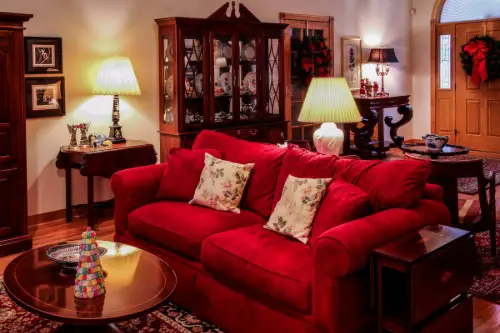
When a real estate listing describes a space as “cozy,” you might imagine something warm and inviting. But in reality, it often means the room or home is quite small—think more snug than spacious. Sellers and agents use “cozy” to soften the blow of tight quarters, hoping buyers will focus on charm over square footage. So, if you see “cozy,” prepare to measure carefully and consider if small means comfortable or cramped to you.
This buzzword pops up frequently in listings for tiny apartments, cottages, or older homes with less open floor plans. The term is a clever way to highlight the positives without outright saying “compact” or “limited space.” It’s all about framing, and “cozy” implies you’ll feel at home—even if there’s barely room to swing a cat. Just don’t be surprised if your first tour reveals a place where every inch counts.
2. “Up-and-Coming Neighborhood”
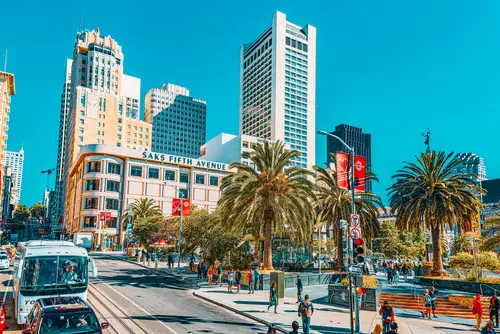
“Up-and-coming” sounds exciting, like you’re getting in early on a hot new area. But it often means the neighborhood is still rough around the edges, with ongoing development or revitalization needed. It’s a buzzword to attract buyers willing to bet on future growth, not necessarily immediate comfort or convenience. So while “up-and-coming” hints at potential, it also means the area might not yet have all the amenities or safety you’d hope for.
Sellers use this phrase to convey that the property is a good investment, even if the current surroundings aren’t perfect. It’s a signal to look beyond today’s condition and imagine what’s possible down the line. If you’re not a fan of construction sites, changing storefronts, or a somewhat gritty vibe, “up-and-coming” might not be your favorite term. But if you like the idea of being part of a neighborhood’s transformation, this buzzword can be a green light.
3. “Move-In Ready”

Hearing “move-in ready” feels like a dream—no repairs, no work, just bring your stuff and settle in. But in the real estate world, this can be deceiving. Often, “move-in ready” means the home is generally livable but might still need minor repairs, upgrades, or fresh paint. It’s not a guarantee of perfection; think more “good enough for now” rather than “pristine condition.”
Buyers might assume everything is brand-new or recently renovated, but that’s rarely the case. It’s always smart to dig deeper and get a home inspection to uncover hidden issues. “Move-in ready” is a great phrase for sellers who want to avoid scaring off buyers with “fixer-upper” but aren’t necessarily offering a turnkey home. So, take it with a grain of salt and ask questions before signing anything.
4. “Charming”

“Charming” is one of those buzzwords that makes a property sound irresistible—character, style, personality. But it can also be code for outdated features, quirky layouts, or homes that haven’t been updated in decades. What one person finds “charming,” another might see as inconvenient or even dilapidated. It’s a subjective word designed to evoke warmth but sometimes masks the need for modernization.
This term is especially common in older homes, where original details like wood trim or vintage fixtures are seen as selling points. However, these “charms” can come with hidden costs, like inefficient heating or creaky floors. When you hear “charming,” prepare to weigh nostalgia against your practical needs. It’s a way sellers paint age as an asset, but you’ll want to confirm if it suits your lifestyle.
5. “Potential”

“Potential” is a loaded buzzword that hints at what a property could become rather than what it is now. It’s often a polite way of saying the home or land needs a lot of work or improvement. Buyers should read this as a flag to carefully evaluate the cost and effort required to unlock that potential. It might be an exciting fixer-upper for some, but a major headache for others.
Sellers use “potential” to appeal to investors or those who love projects, signaling that the property is a blank canvas. But it’s essential to realistically assess your skills, budget, and timeline before diving in. “Potential” doesn’t mean instant gain—it means a gamble on future value. If you’re not ready for renovation challenges, this word is a clear warning.
6. “Unique”
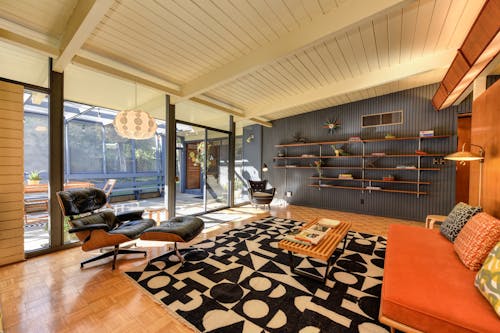
Calling a home “unique” is supposed to set it apart from the cookie-cutter crowd. But “unique” can also be a euphemism for unusual floor plans, odd features, or unconventional styles that might not appeal to everyone. While some buyers love distinctive homes, others find “unique” translates to impractical or even awkward layouts. It’s a buzzword that invites curiosity but should prompt extra scrutiny.
“Unique” properties often come with their own set of quirks—think steep stairs, odd room sizes, or eccentric decor choices. This word is a gentle way to say the home isn’t your typical suburban setup. It might be exactly what you’re looking for, or it could be a tough sell down the road. Either way, “unique” means be prepared to think outside the box and ask plenty of questions.
7. “Great Bones”

When a listing says a house has “great bones,” it means the structure is solid but the interior likely needs updating or repairs. It’s a way for sellers to highlight the good foundation, framing, or roof while downplaying outdated finishes or cosmetic issues. Buyers should interpret “great bones” as a starting point, not a finished product. It’s a hopeful phrase that promises value beneath the surface.
This buzzword is often used to attract buyers interested in renovation or who want to customize a home themselves. The exterior and core systems might be sound, which is a big plus, but you should expect to invest in the interior. It’s a green flag for the handyman or investor, but less so for someone seeking turnkey comfort. “Great bones” means potential with some elbow grease.
8. “As-Is”

“As-is” sounds straightforward, but it can mask some serious warnings. This phrase means the seller won’t be making any repairs or improvements before closing, regardless of inspection results. It’s a sign that the property might have significant issues or that the seller just wants to sell quickly. Buyers need to be cautious and prepared for surprises.
This buzzword often comes up in foreclosure sales, fixer-uppers, or properties with known problems. It doesn’t mean the home is in good shape; it means you accept it with all its faults. Negotiation power can be limited, and you’ll likely need a thorough inspection to avoid costly surprises. “As-is” is a red flag for the unprepared buyer but a chance for those who know what they’re doing.
9. “Light and Bright”
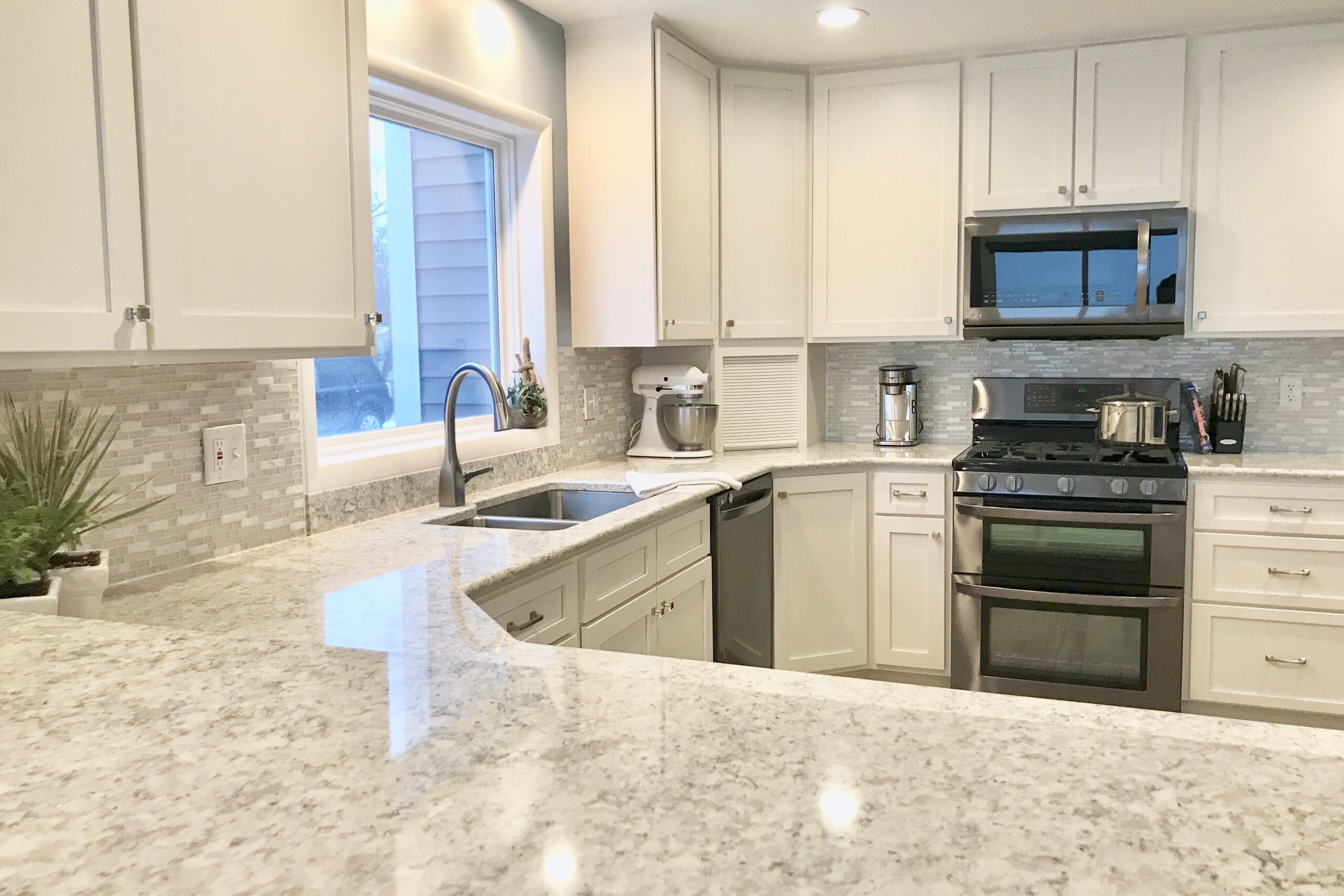
“Light and bright” suggests an airy, sun-drenched space that feels open and welcoming. But sometimes, it’s a bit of a stretch—agents might highlight even small windows or a single sunny room as “light and bright.” The term is meant to evoke a cheerful vibe, but it doesn’t always guarantee a well-lit, spacious interior. It’s worth seeing the property at different times of day to judge for yourself.
Sellers use this phrase to combat complaints about small rooms or older homes with limited natural light. While natural light can dramatically improve a space, “light and bright” is subjective and can vary based on orientation and landscaping. If you’re sensitive to lighting, don’t just trust the listing—get an in-person look. It’s a buzzword that can be true or just hopeful spin.
10. “Updated”
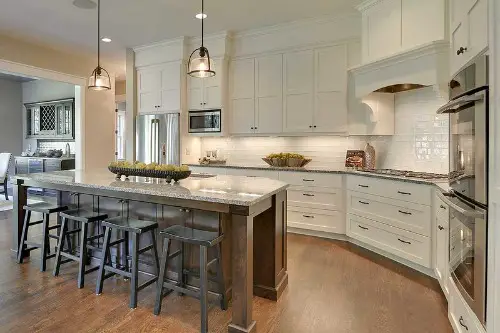
When a listing says “updated,” it’s tempting to think everything is modern and newly renovated. But “updated” can mean different things to different sellers—sometimes it’s just a fresh coat of paint or a new appliance in an otherwise dated home. It’s a way to catch attention without promising a full makeover. You’ll want to ask exactly what’s been updated and when.
This buzzword can sometimes mask older electrical wiring, worn flooring, or outdated bathrooms. The term is used to make homes sound more appealing without detailed specifics. Don’t assume “updated” means move-in ready or stylish—it’s often just a partial refresh. Always request details and photos to avoid surprises.
11. “Exclusive”

“Exclusive” sounds fancy and rare, making a listing feel more desirable or prestigious. But in real estate, it often just means the property is listed with one agent rather than on multiple platforms. It’s more about marketing strategy than something unique about the home itself. Don’t confuse “exclusive” with “luxury” or “one-of-a-kind.”
This buzzword plays on FOMO—fear of missing out—to create urgency. It can also suggest a certain level of privacy or limited competition, which might help sellers price higher. But “exclusive” is mostly a sales tactic and doesn’t guarantee a better deal or nicer property. It’s a reminder to look past the label and evaluate the home on its own merits.
12. “Investor Special”
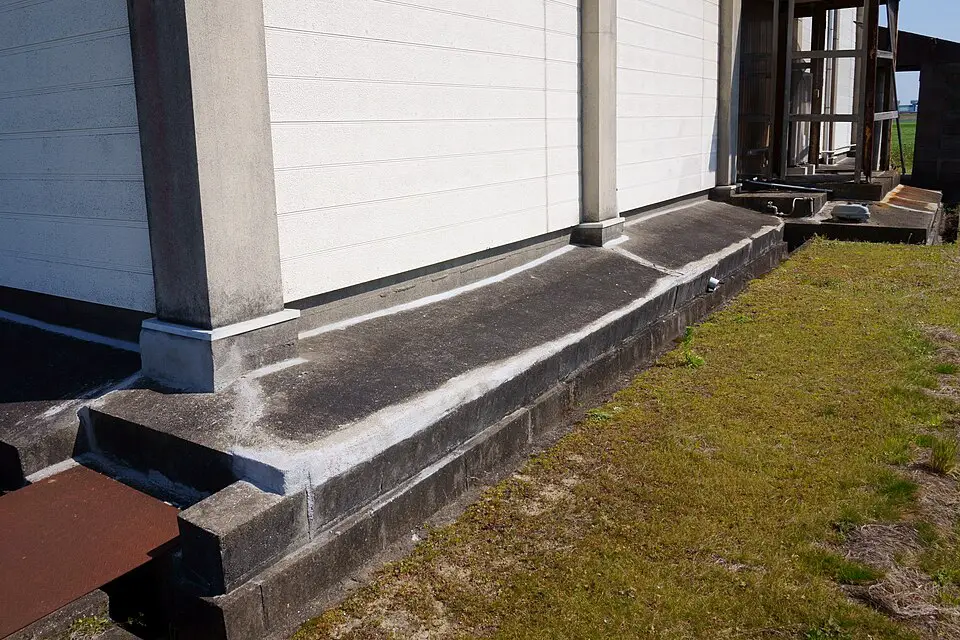
The phrase “investor special” is a clear red flag for most buyers. It means the property probably needs extensive work or is priced low because it’s not move-in ready. It signals an opportunity for someone looking to fix and flip or rent out, but not for those wanting a turnkey home. If you see this, expect a project.
Sellers use “investor special” to attract cash buyers or those comfortable with renovations. It’s not a term meant to lure families or first-time buyers. This buzzword sets expectations about condition and required effort. It’s a warning that if you’re not ready to roll up your sleeves, this isn’t the home for you.
This post 12 Real Estate Buzzwords That Mean the Opposite of What You Think was first published on Greenhouse Black.
